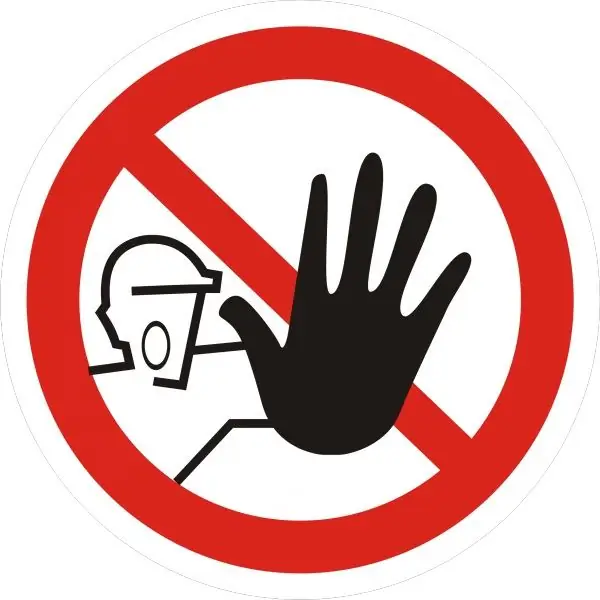You want to prevent some computer users from starting the program, but not all. Therefore, its simple removal is not suitable for you. Renaming a program and hiding it in other folders is unreliable. Better to make it impossible for a "non-administrator" to open it.

Instructions
Step 1
Log in as an administrator. Determine what file system is on your disk. To do this, open "My Computer", select the drive location of the program, the launch of which you want to prohibit. Right click to open a menu. Click on properties. Find the line: file system - NTFS (or file system - FAT 32).
Step 2
If the file system is NTFS, follow these steps:
- Open the folder where the program is located, select it. Right click to open a menu. Activate the properties. Open the "Security" tab.
- In the upper window, select a user or a group of users to whom you want to block the launch of the program.
- In the lower window, in the "Deny" column, check all the boxes.
- Click "Apply", "OK".
Step 3
If the file system is FAT 32, then it is best to convert it to NTFS, in it security settings are more flexible and simpler, and in general it is more reliable. If you have a good reason to save on a FAT 32 drive, follow these steps:
- Open "Control Panel" => "Administrative Tools" => "Local Security Policy" => "Software Restriction Policies" => "Additional Rules".
- Right click, select Create Cache Rule. Click on the "Browse" button and select the program you want to block from running.
- Under "Security" select "Not Allowed".
- In the "Forced" item, specify for which users the rule should be applied. Typically, these are all users or all users except administrators.
Step 4
If you want to cancel the ban, then for the NTFS file system - repeat point 2, but, of course, do not check, but uncheck the "Deny" column. And for the FAT 32 file system, following the same path as in step 3, delete the previously created cache rule.
Step 5
All of the above applies primarily to the Windows XP operating system. In Windows 7, the AppLocker tool appeared for this purpose. But it's too powerful for simple purposes. AppLocker is more for setting up security policies in corporate networks. In addition, it only comes in the Ultimate and Enterprise trim levels. For simple tasks like this, and for Windows 7, you can use the method described above, the commands are slightly different, but the general meaning is the same.






